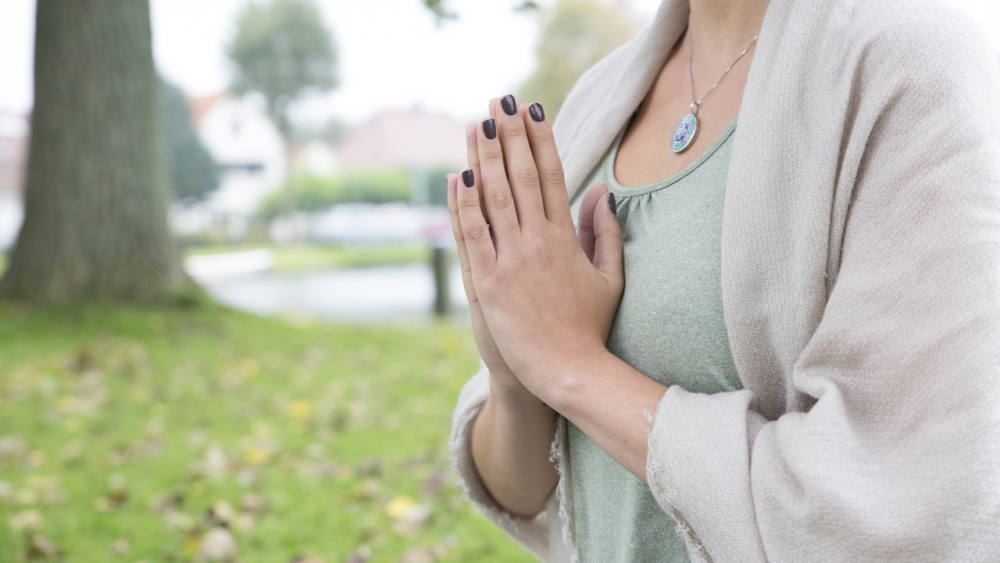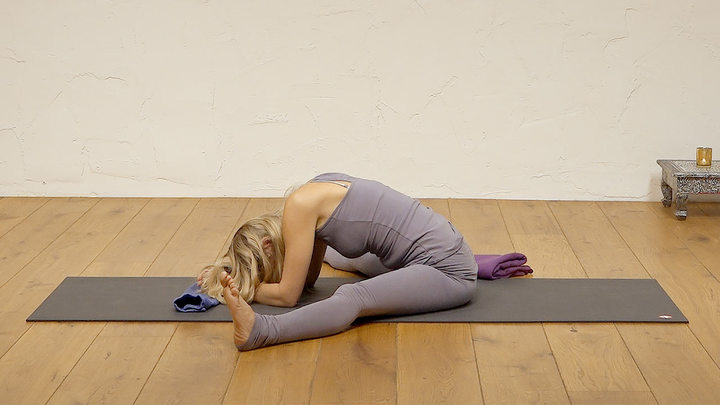As human beings, we all share the wish to be happy and free from suffering. Suffering comes in many forms, all of them stemming from a forgetfulness (Avidya) of who we are at the core of our being, beyond our thoughts, emotions, and external circumstances.
Traditionally, the purpose of yoga is to show us the way back home to the Truth that we know deep within our hearts. It is a peace and truth that is free from attachment to outside elements and our mind’s attraction or aversion toward them.
Traditionally, the purpose of yoga is to show us the way back home to the Truth that we know deep within our hearts. It is a peace and truth that is free from attachment to outside elements and our mind’s attraction or aversion toward them.
There are many paths and practices that point the way to remembering this Universal Truth. The qualities mentioned here are based on last 4 limbs of Patanjali’s Ashtanga path, as outlined in The Raja Yoga Sutras. These are:
- Pratyahara (stillness and withdrawal of the senses),
- Dharana (concentration and listening),
- Dhyana (meditation), and
- Samadhi (realisation and direct experience of consciousness as oneself).
By cultivating these with a loving and playful attitude, we walk the path that is actually paved by the peace for which we search.
In the first part of this 3 part series, I will focus on the 5th limb, Pratyahara.
(Part 2 focuses on Dharana and Part 3 looks at Samadhi).
Be still and quiet (Pratyahara)
Our moments these days are filled with so much stimulation. We are constantly bombarded by with ideas, images, technology, as well as social, financial, and cultural pressure, which lead our attention in countless different directions at a time. As if this external “noise” isn’t enough, the internal, mental “noise” of strategising, planning, excessive thinking, judgement, and worry take our attention so far away from what is happening in the present moment that we feel lost, un-centered, and in a state of disharmony.
This “noise” and our involvement in it cause extreme chaos within our energetic and mental systems. It so subtly affects us that we don’t even know it is happening. It feels that everything is “normal,” when in reality, the deepest part of our being is screaming at us to slow down and listen, but we can’t hear it because we are too tuned in to the noise. We often do not even realise it until it has been going on for so long that dis-ease sets in and we are forced to stop and rest.
Practise Mouna
It is important to take time out of the daily grind: to remove ourselves from the noise and really be quiet. This practice is known as mouna, or silence. On a surface level, it refers to simply not talking, and on deeper levels it means making the space internally and externally to be still and quiet.
This doesn’t mean to go and sit by the ocean and not talk, and then think about all the things we need to be doing in a future moment and getting caught up in mental noise while sitting by the ocean being “quiet.” It means tuning out of the “noise” and being PRESENT to what is really happening RIGHT NOW. It means to know ourselves intimately, one breath at a time, and to be totally alert and aware of how our mind reacts to the things that happen by creating stories and judgements around and about it. It also means staying so alert and aware that we don’t let our attention get carried away with these stories and judgements, and that we continue to see things as they are, instead of through the filter of mind-based conditioning.
However, a lot of the time we are so caught up in the “noise” that even getting to the point of bringing our attention to the present moment seems impossible. The tossing and turning of the mind can cause even more chaos when trying to be still. This is why it is helpful to attend a yoga or meditation retreat at least once a year, in order to truly “retreat” from the noise of the world. During a time of retreat, there is the opportunity to look deeply within and see clearly how much our attention is intertwined in stories, beliefs, and judgements. A retreat is also a wonderful time to receive suggestions, techniques, and guidance from a trusted teacher on how to re-align the energetic and mental systems, cultivate mouna and thus become more present.
Ideally, the more time out of the noise, the better for the realignment and settling energetic tune-up. At least a week or more every year is recommended, but even a few days is worth the effort of making space in your life to do it.
Make silence a part of daily life
It is also important to make time in your life to nurture this quietness on a daily basis. As one of my teachers once said, “It is the easiest thing in the world NOT to practice yoga or meditate.” In this busy time, when distractions are so very many, it is SO easy to let our attention drift back into the noise and get lost. Abhyasa, the sincere and continued effort and practice to maintain that quiet internal space, is essential.
This is where a community of like-minded people (in Sanskrit its called Sangha) is beneficial. Being able to practise yoga and meditation and to REMIND each other to stay alert and be aware of where our attention rests a very helpful tool in staying present.
Mouna is often referred to as our greatest teacher. It is said in Vedanta that when all the teaching and learning is complete, there remains only silence. When mouna truly occurs, something beautiful unfolds. It is a knowing of the miracle in every breath and in every heartbeat. There comes a gratitude for taking birth in this magnificent human form and the ability to experience every thought, every emotion, and every moment as part of Life’s Grand Process. When we are really, truly present with 100% of our attention in the now, there is nothing but magic and miracles.
Further reading
Surrender to stillness – Yin yoga, 45 mins, all levels with Esther Ekhart
The focus of this Yin practice is stillness. Through the conscious practice of surrendering to stillness we support the adrenals to function well. A good practice for when your body is tense, your mind is racing and you want to let go and relax.


